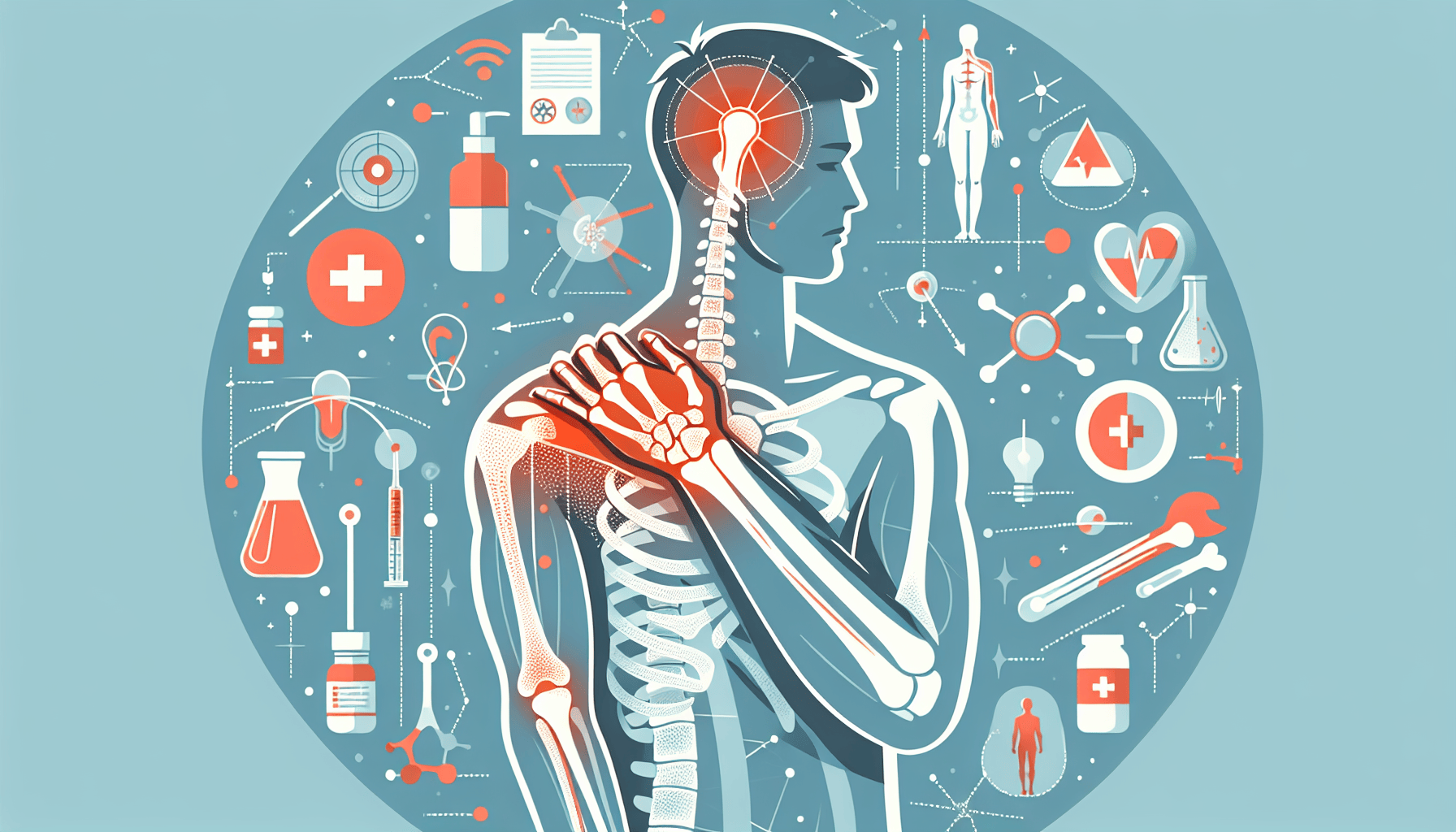Utah Becomes the First State to Let AI Handle Prescription Refills
Utah just made history: it's the first US state to let an AI system renew prescriptions on its own. The program covers people who are already taking medications for [...]
Read More
Medically reviewed by Jerome Albert Ecker | MD, Assistant Professor of Medicine, Duke University - Durham, NC on September 22nd, 2023.
Bone spurs, also known as osteophytes, are smooth, hard bumps of extra bone that form on the ends of bones, often in the joints where two bones meet. While most bone spurs don't cause problems, they can lead to pain and stiffness if they rub against other bones or press on nerves. In this article, we'll explore the causes, symptoms, and treatment options for bone spurs.
The most common cause of bone spurs is joint damage from osteoarthritis or degenerative joint disease. As the cushioning between your joints and the bones of your spine wears down with age, your body may attempt to repair the damage by adding extra bone to the affected area. Other factors that can contribute to the development of bone spurs include:
Rheumatoid arthritis, lupus, and gout
Joint or tendon injuries
Overuse of joints (e.g., from running or dancing)
Genetic factors
Obesity
Bone problems present from birth
Conditions affecting the skeleton (plantar fasciitis, spondylosis, spinal stenosis, diffuse idiopathic skeletal hyperostosis (DISH))
Bone spurs often go unnoticed until they are discovered during an X-ray for another condition. However, when they press on nerves, tendons, or other structures in your body, you may experience the following symptoms:
Pain or stiffness in the affected joint, especially when bending or moving
Weakness, numbness, or tingling in your arms or legs (if the bone spur presses on spinal nerves)
Muscle spasms, cramps, or weakness
Bumps under your skin, particularly in the hands and fingers
Difficulty controlling your bladder or bowels (rarely, if the bone spur presses on certain spinal nerves)

If you suspect you have a bone spur, your regular doctor will likely refer you to a rheumatologist or orthopedic doctor who specializes in joint problems and the musculoskeletal system. Your doctor may physically examine the affected joint, feeling for any bumps, and order imaging tests such as:
X-rays
CT scans
MRIs
Electroconductive tests (to assess nerve damage caused by bone spurs)
Treatment for bone spurs aims to relieve pain, reduce swelling, and improve joint mobility. Over-the-counter pain relievers like acetaminophen (Tylenol), ibuprofen (Advil, Motrin), or naproxen sodium (Aleve) can help manage symptoms. However, long-term use of these medications can lead to side effects, so it's essential to consult your doctor if you've been using them for more than a month.
Other treatment options for bone spurs include:
Rest
Steroid injections to reduce swelling and pain
Physical therapy to improve joint strength and increase movement
Surgery to remove the extra bone (in cases where other treatments are ineffective or the bone spur significantly affects movement)
While it may not be possible to prevent bone spurs caused by the natural wear and tear of arthritis, you can take steps to reduce your risk of developing bone spurs due to other factors:
Wear well-fitted, supportive shoes with a wide toe box and adequate cushioning
Use thick socks to prevent shoes from rubbing against your feet
Maintain a balanced diet rich in calcium and vitamin D to support bone health
Engage in regular weight-bearing exercises to keep your bones strong
Maintain a healthy weight
Seek early treatment for any signs of joint trouble, such as pain, swelling, or stiffness
By understanding the causes, symptoms, and treatment options for bone spurs, you can work with your healthcare provider to manage your condition and maintain your quality of life. If you experience persistent joint pain or stiffness, don't hesitate to consult your doctor for an accurate diagnosis and personalized treatment plan.
For more information on bone spurs and joint health, visit:
Most bone spurs develop silently from normal joint wear and respond well to anti-inflammatory medications and physical therapy when symptoms do appear. Early treatment of joint problems and maintaining a healthy weight are your best defenses against problematic growth formation. If you're experiencing persistent joint pain or numbness that might indicate bone spur complications, Doctronic can help you get quick answers about your symptoms.
Utah just made history: it's the first US state to let an AI system renew prescriptions on its own. The program covers people who are already taking medications for [...]
Read MoreUnderstanding Mounjaro and Its UsesMounjaro is a prescription medication commonly prescribed for managing type 2 diabetes. It belongs to a class of drugs that help regulate [...]
Read MoreUnderstanding Hydrocortisone Uses and DosagesHydrocortisone is a versatile medication primarily used to reduce inflammation and suppress the immune system in various [...]
Read More